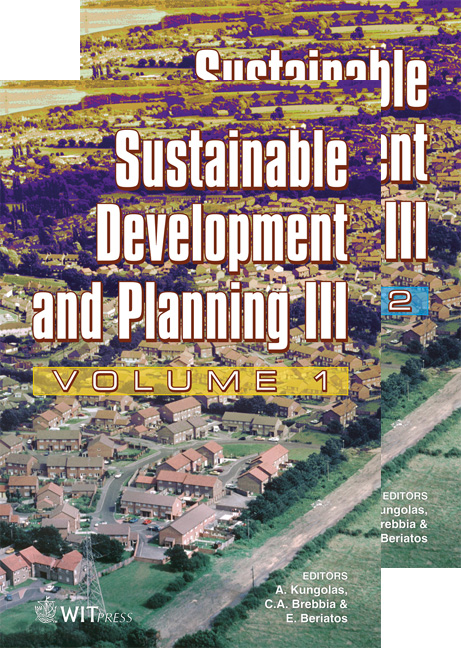Exhaust Gas Treatment Technologies For Pollutant Emission Abatement From Fossil Fuel Power Plants
Price
Free (open access)
Transaction
Volume
102
Pages
10
Published
2007
Size
1,509 kb
Paper DOI
10.2495/SDP070882
Copyright
WIT Press
Author(s)
E. David, V. Stanciu, C. Sandru, A. Armeanu & V. Niculescu
Abstract
The emission of carbon dioxide (CO2) and other pollutants which result from burning fossil fuels has been identified as the major contributor to global warming and climate change. However, for the immediate term, over the next 10 – 20 years at least, the world will continue to rely on fossil fuels as the source of primary energy. The challenge for the fossil fuel industry is to find cost-effective solutions that will reduce the release of CO2 and other pollutants into the atmosphere. The focus of this paper is on the ability to treat the exhaust gas from fossil fuel power plants in order to capture and store the CO2 and remove other pollutants such as SOx and NOx which are released in the atmosphere. In summary, capture/separation costs represent the largest financial impediment for these types of plants. Hence, efficient, cost-effective capture/separation technologies will need to be developed to allow their large-scale use. Keywords: exhaust gas, fossil fuel, treatment technologies, carbon dioxide, separation process, pressure swing adsorption, pollutant reduction. 1 Introduction Carbon dioxide capture and storage (CCS) is gradually becoming an important concept to reduce greenhouse gas emissions, next to other options, such as the use of renewable energy, the use of nuclear energy, energy efficiency
Keywords
exhaust gas, fossil fuel, treatment technologies, carbon dioxide, separation process, pressure swing adsorption, pollutant reduction.





